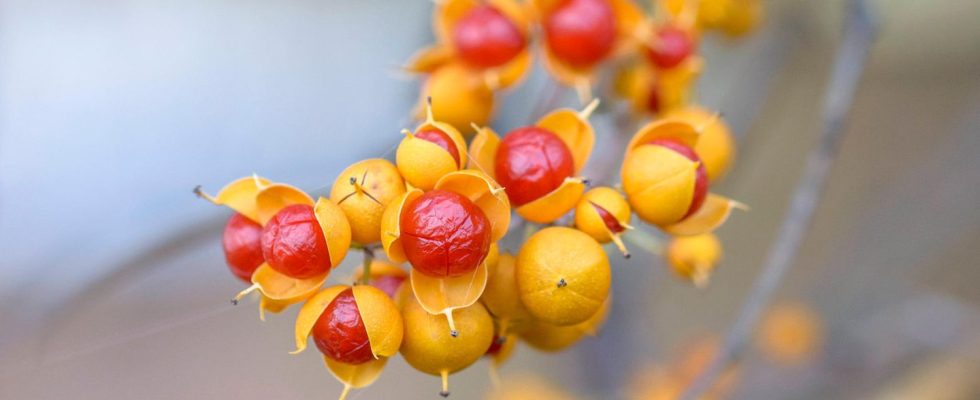Whether in parks or gardens, in the forest or on the meadow: many plants grow here that originally come from other regions of the world. Some were planted on purpose, some centuries ago. For example, to beautify parks or because a certain tree is so wonderfully insensitive to environmental influences.
Others accidentally end up in the wild. For example, if someone wants to get rid of their ornamental fish and dumps a few more invasive species into the wild with the water from the aquarium.
Such new plant additions can have negative consequences for native ecosystems, for example if they literally overgrow an area and thus displace native plant species. Sometimes the habitat changes completely, for example when there is suddenly shadow everywhere. And with some species, caution is also required for humans: For example, if they cause burns on the skin.
Invasive species under surveillance – lists and international programs
Internationally, there are programs to curb the spread of invasive species, for example at the level of the European Union and also in Germany. In the animal kingdom, too, one speaks of invasive species, more about this here.
Home gardeners should not plant any of the invasive perennials, trees or flowers. Native insects, birds and small animals are often specialized in local plants, and in the worst case they will lack food or shelter if the usual greenery is replaced by neophytes.
However, the situation is not always that general. So native insects fly to some of these new plants. The infamous Himalayan Balsam, for example, is something of a paradise for bees: it offers tons of nectar.
Sources: List of invasive species at Nabu“Garden pond guide“, “my beautiful garden“, “neobiota“, “IVA.de“, “Neobiota Styria“
Read at stern+: The Nosferatu spider is now also at home with us. Many fear that more dangerous, tropical species will follow. What’s it all about?

